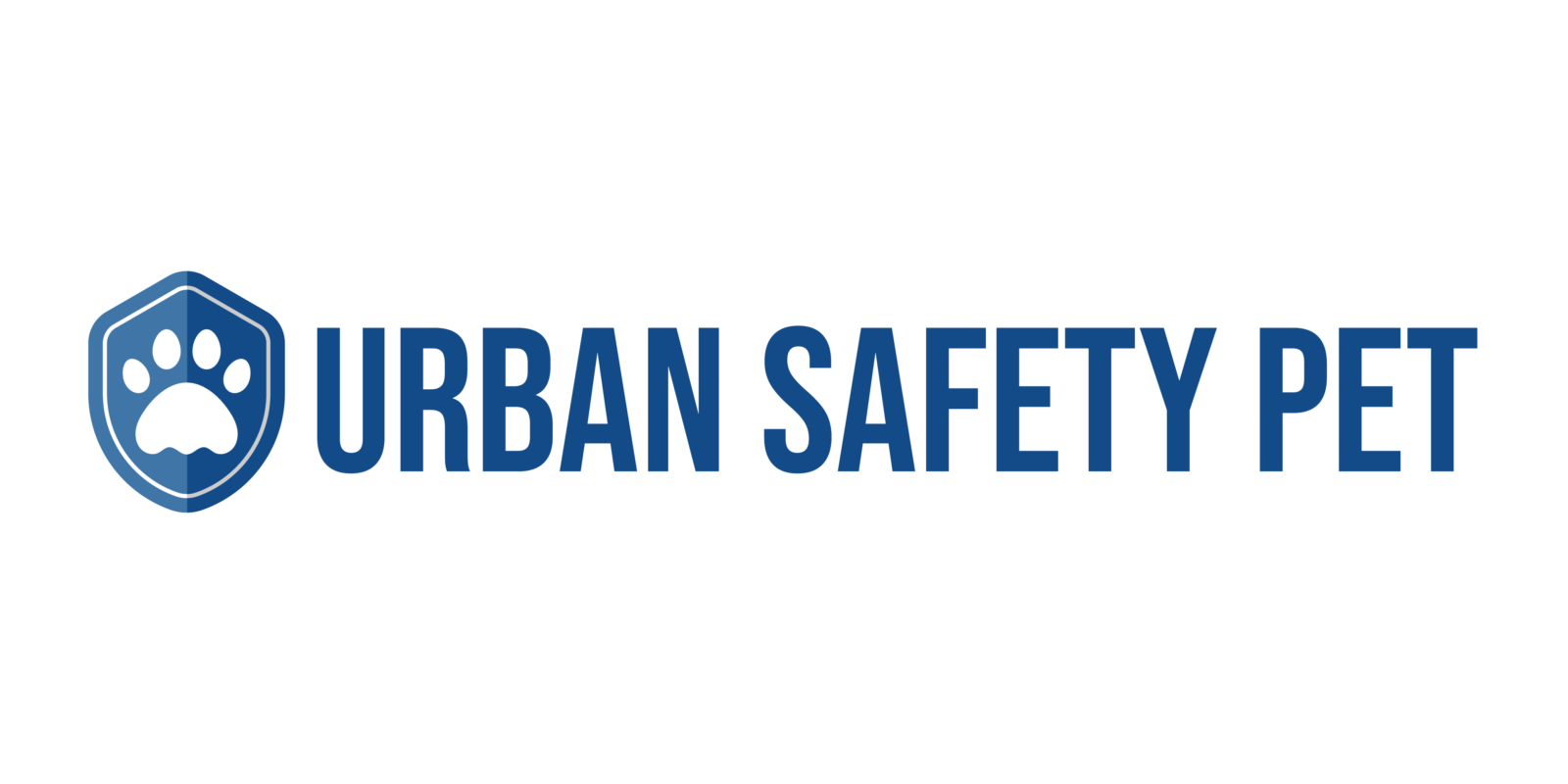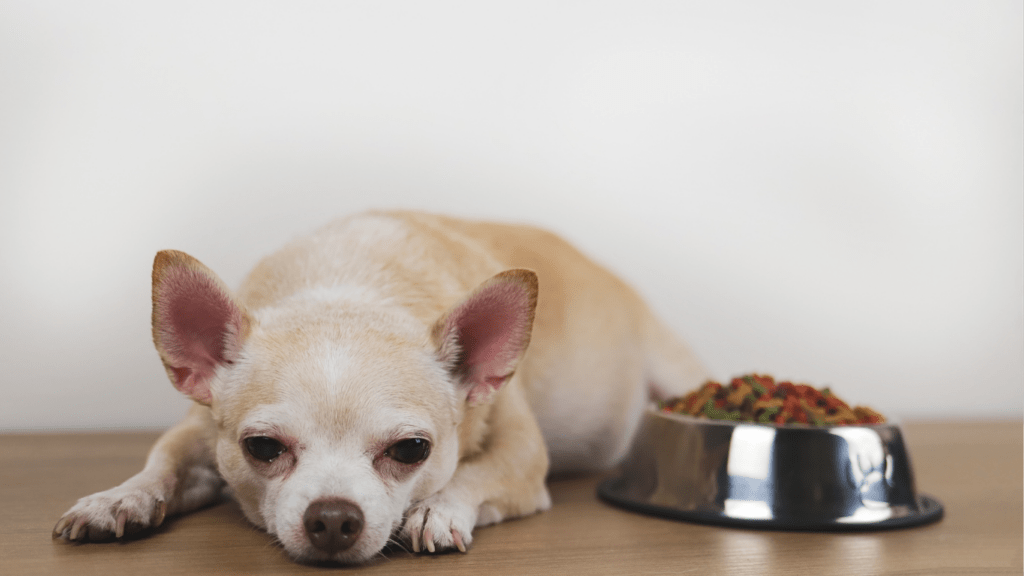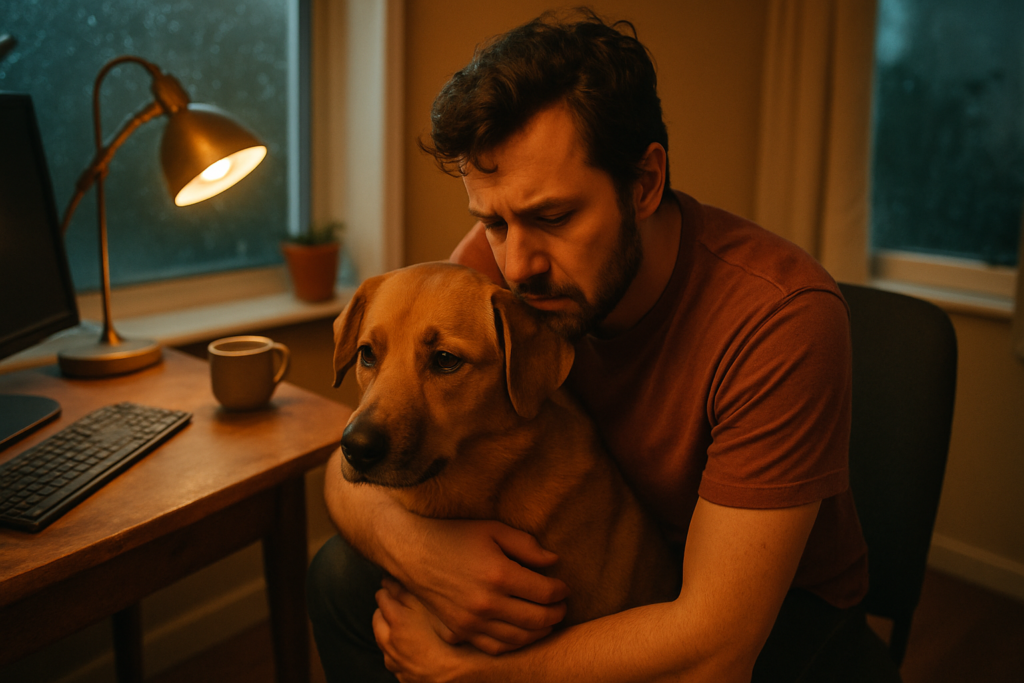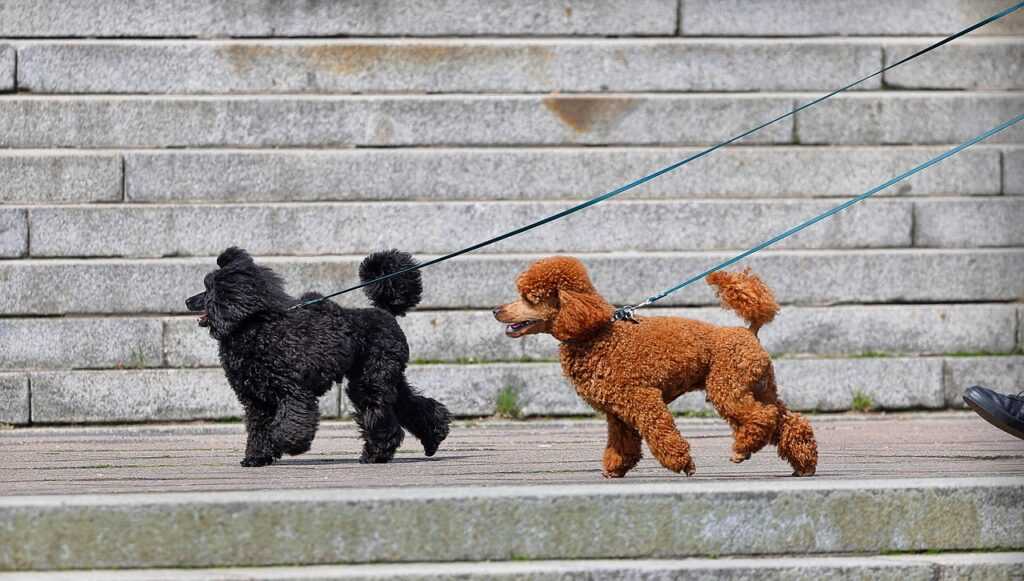Understanding Separation Anxiety in Pets
Separation anxiety in pets is a common issue that can cause significant distress when they’re left alone. It’s important to recognize the signs and understand which breeds might be more prone to this condition.
Common Signs and Symptoms
Pets with separation anxiety often exhibit noticeable behaviors. Barking, howling, and whining are common vocal signs. Destructive actions like:
- chewing furniture
- digging at doors
- tearing up household items occur frequently
Anxious pets might also urinate or defecate inappropriately inside the house. Pacing, drooling, and attempts to escape are additional indicators. It’s crucial to address these symptoms early to mitigate stress for both the pet and the owner.
Breeds Prone to Separation Anxiety
Certain breeds show a higher tendency towards separation anxiety. For instance, German Shepherds and Labrador Retrievers often form strong attachments to their owners.
Smaller breeds like Chihuahuas and Dachshunds also exhibit anxiety more frequently. Working breeds such as Border Collies and Australian Shepherds typically require a lot of mental stimulation and can become anxious when left alone. Knowing if your breed is prone to anxiety helps in taking preemptive measures to keep your pet comfortable.
Preparing for Separation
Readying your pet for time apart eases their adjustment period. Implement strategies in advance to mitigate anxiety.
Gradual Desensitization Techniques
Start by leaving your pet alone for short periods. Increase duration gradually, letting your pet acclimate to your absence. Vary leaving and returning times to reduce predictability, and make exits low-key to avoid emotional buildup.
Offer a favorite toy or treat when you leave to shift focus from your departure. Practice these techniques consistently to establish routine and build confidence in your pet.
Creating A Safe Space
Designate a secure, comfortable area for your pet. Equip this space with essentials, including a cozy bed, water, and familiar items like toys or blankets. Ensure the area is quiet and free from hazards.
Use calming products like pheromone diffusers or anxiety wraps as additional support. If you’ll be gone for an extended period, consider automatic feeders or interactive toys to keep your pet occupied.
During Separation

Making the separation period easier for pets is critical in reducing anxiety and ensuring their well-being.
Interactive Toys And Puzzles
Interactive toys and puzzles can keep pets mentally stimulated during your absence. Chew toys, treat-dispensing gadgets, and puzzle feeders are great options.
For example, Kong toys filled with peanut butter can provide hours of entertainment for dogs. Cat-focused toys like laser pointers and feather wands can also engage cats’ hunting instincts, making them less anxious.
Considering Pet Sitters Or Daycare
- Pet sitters or daycare can be beneficial for pets prone to severe anxiety.
- Hiring a pet sitter to spend time with your pet during the day ensures they receive attention and comfort.
- Pet daycare facilities offer a more social environment where pets can interact with others, reducing feelings of isolation.
- When selecting a daycare, ensure it has a good reputation, proper facilities, and trained staff.
By providing engaging activities and professional care, pets’ separation anxiety can be significantly reduced.
Post-Separation Care
After returning home, it’s crucial to manage post-separation care effectively to reduce pet anxiety and promote a sense of security.
Re-establishing a Calm Environment
Pets need a calm environment when reuniting with their owners. I avoid making a big fuss upon arrival. This helps prevent heightening their anxiety.
Instead, I provide brief, gentle acknowledgments. Consistency is key, as pets thrive on routine. Keeping noise levels low and maintaining a serene atmosphere helps them settle back in quickly.
Positive Reinforcement
Positive reinforcement plays a pivotal role in easing anxiety. I offer treats and praise when my pet behaves calmly. This encourages desirable behavior.
Reinforcing calm actions strengthens their association with rewards. Interactive play sessions also work well. They build positive experiences and help expend leftover nervous energy. Providing these interactions regularly makes a significant difference in my pet’s overall well-being.
By following these steps, I enhance my pet’s comfort and keep separation anxiety at bay.
Professional Help
Consulting experts often helps manage pet separation anxiety effectively. Professional interventions provide tailored solutions based on specific needs.
Consulting a Veterinarian
Veterinarians assess pets’ health to ensure no underlying medical issues contribute to anxiety. I recommend scheduling a visit to discuss symptoms and options.
Vets may prescribe medications for severe anxiety cases, such as antidepressants or anti-anxiety drugs. They can also suggest natural remedies or supplements that might alleviate symptoms.
Behavioral Training Options
Certified animal behaviorists develop specialized training programs for pets with separation anxiety. These programs include desensitization and counter-conditioning techniques tailored to each pet’s needs.
I suggest working with a behaviorist to create a structured plan, which may involve gradually increasing alone time and reinforcing independence. Other options include enrolling pets in training classes focused on anxiety management or seeking help from a dog trainer skilled in behavioral issues.




